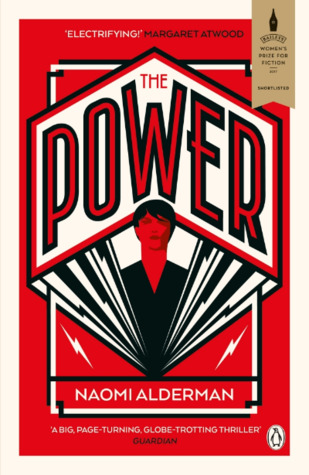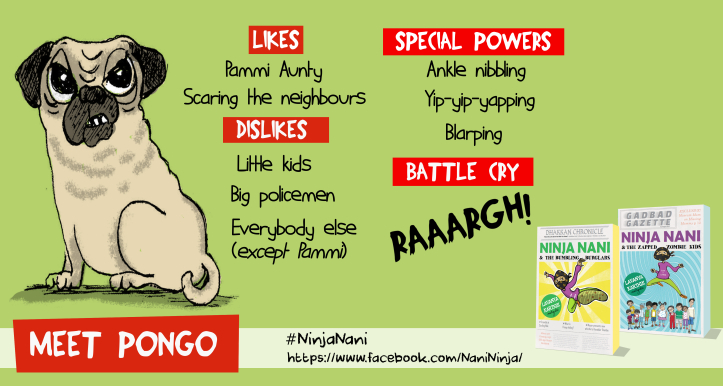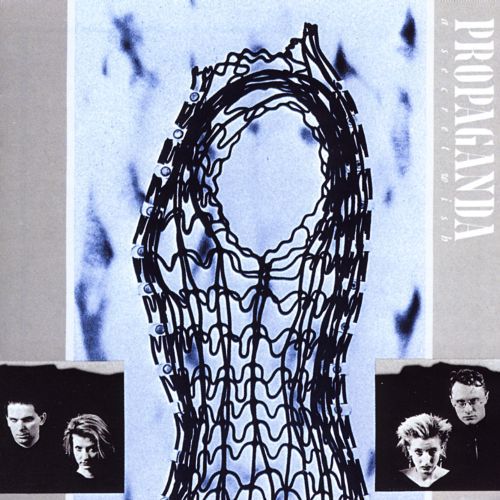Download links for: La Segunda Guerra Mundial


Reviews (see all)
Write review
The whole of WWII written clearly and interestingly. A wonderful book! I loved it!
Una crónica correcta y bastante completa de la Segunda Guerra Mundial.
did not want it to end. easy highly interesting illuminating read
Good read, focus is more on Europe than Asia.
the war that never ended, amirite?
Other books by History & Biography
Other books by Antony Beevor
Related articles












